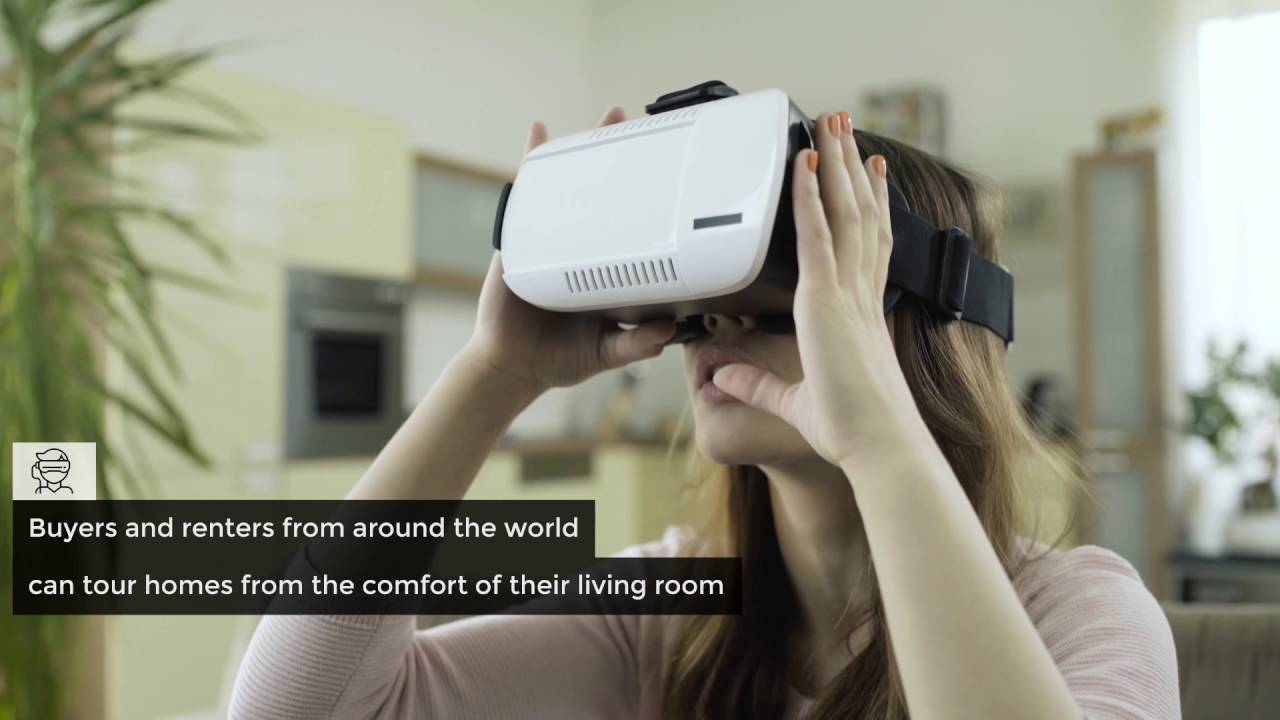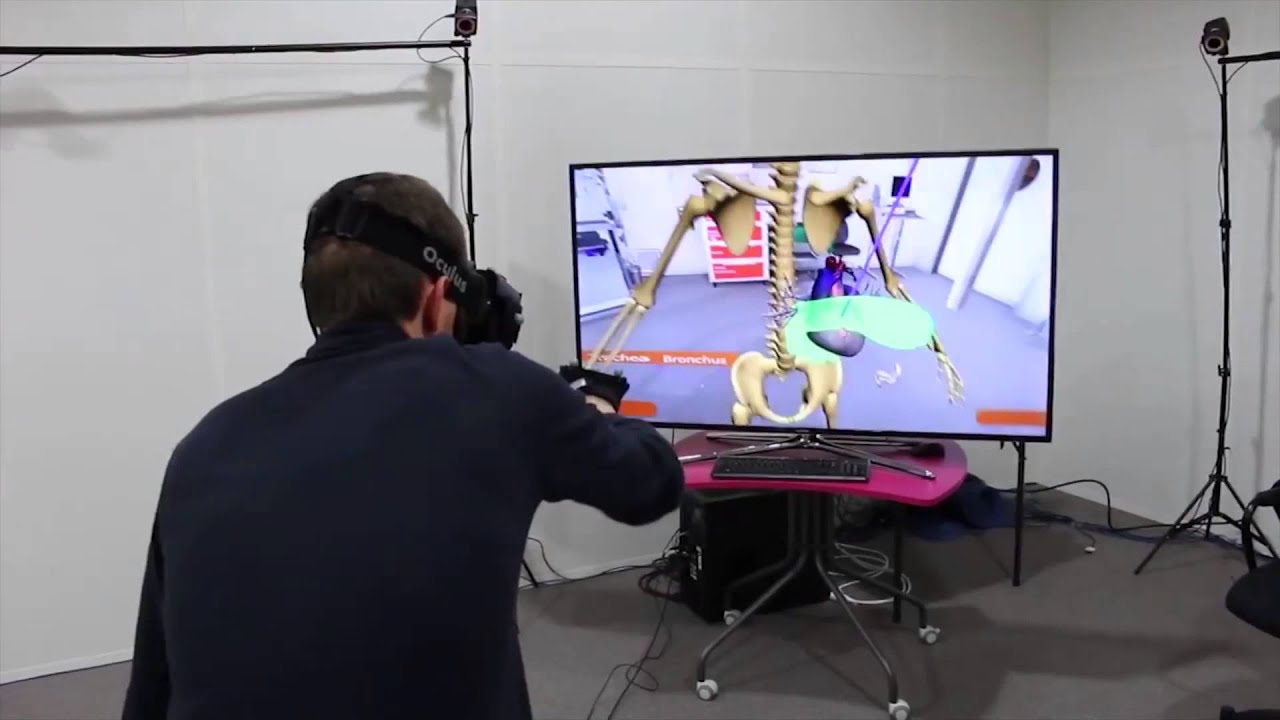The A to Z of How To Organize A Pitch -part II
Last week we started to present you a series of steps you musttake in order to make sure you organize a good pitch. Today we continue with Cristina Oncescu’s opinion, by presenting you the rest of your journey.
How should the brief look like?
What makes a good brief is not the form, a list of boxes to fill-in, but some basic principles which can be applied to almost any briefing situation. There are three basic principles from IPA:
- Be clear about what is needed
- Provide the critical information necessary to complete the task
- Inspire or motivate people to do their best
These principles apply equally to briefing marketing communications as briefing many other things in life. Often with marketing communications we make it over-complicated and forget the basic principles ending up with the agency being unclear on what is required. In other areas of life we do things more instinctively and use the most efficient means of briefing – for example, it’s sometimes faster and more accurate to brief a hairdresser by using a picture rather than a verbal description.
Clarity of objectives
It seems self-evident that the most important part of a brief is a clear description of what the aim of the brief is. Yet in our industry review of briefing techniques this is consistently the weakest area of written briefs. It is often confused with overall business, brand or marketing objectives, whereas the single most important content section is the communication objective itself. Some briefs simply describe the sales target without any thought as to the role of communications.
Agencies need this clarity and it is the responsibility of the person writing the communications brief to provide this.
A brief should be just that
Aim for a brief that is succinct and memorable. If it isn’t, it’s likely to be less effective. At the very least aim for something which can be remembered when the piece of paper is not in front of the person or team that has been briefed – if the writer of the brief can’t even remember what it was about without a prompt, what chance is there of others internalizing what is required?
Of course there is room for attachments and additional material. Sometimes a large volume of background material can be helpful as one seemingly small bit of information could prompt a thought that leads to the solution. But best practice is to provide only the critical information that is relevant to the task. Why make agency people wade through masses of irrelevant information? Often it is a lack of thought that leads to this approach.
As Blaise Pascal wrote as long ago as 1657: “I have made this letter longer, because I have not had the time to make it shorter.”
Fundamentally brief writing is about making decisions about what is needed. Deciding what to leave out is part of that. Whilst there may be a need to provide greater depth of supporting material, the overall brief itself still needs to be simple and clear.
Inspired to greatness
When asking marketing people ’What makes a good brief?’, the answers are mostly about objectives, requirements, target audience etc. Only on prompting do people recognize that inspiring the agency or the team to produce great work is a critical element. Perhaps clients assume that an agency will be motivated enough by remuneration, the fear of losing the business, or simply by any opportunity to do good work.
However experience shows that those clients who not only put more thought into their brief, but also use their own creativity to make briefing the agency or agencies an inspiring experience, tend to get better results. There are three main reasons for this: firstly the brief will stand out from the other assignments that the agency is working on and get an unfair share of attention. Secondly a client who has put more thought into the presentation of their brief is likely to have greater empathy for agency psychology and the creative process making it more likely that they have provided the springboard for a great creative leap. Thirdly a client who delivers a great brief signals that they are in the market for a great creative response, and likely to be excited rather than frightened by one.
Most marcoms briefs also act as a business process document to initiate a job start – in effect it’s a purchase order and since large sums of money will be involved in both time and resources it needs to be taken very seriously.
Majority of those briefs have three broad areas of heading: the background, the brief itself, and an implementation and process section.
The background headers might include
Background: Usually covers the business and marketing context and why the task is important
Marketing or Sales Objectives: This sometimes includes the business case for the activity
Brand: Remarkably this is often overlooked. It might include brand identity/brand capsule/brand vision/brand architecture/brand status/brand values/brand personality
Previous Learning: Again a section which is only used occasionally, but may have wider potential

The main communications brief section headers might include:
Communications objectives: Sometimes they might be expressed as communications imperatives/ challenges/barriers
Target audience: Usually this section asks for more than simple demographics and specifically prompts for attitudes or other motivators
Consumer insights: Sometimes specifically linked to the objective
Key message/proposition: Often phrased as the single-minded proposition/the one thing we want to say
OR
Strategic benefit: May ask for emotional and functional benefits
Consumer takeout: What they will think or do
Tone of voice: As distinct from brand personality
The implementation and process headers might include:
Timings/key dates: May include project timelines as well as timing for response
Budget: May specify if production is included or not
Response mechanisms: On relevant types of brief
Evaluation/success criteria: A critical element for most disciplines
Mandatories/guidelines: May include what must be included and executional considerations
Approvals: Signatures of both those issuing/approving the brief and the agency
The choice of ‘proposition/message’ or ‘strategic benefit’ is one which reflects the thinking of the organization and the relationship with their agencies. The use of a ‘proposition’ on the marcomms brief can be quite closely related to how many agencies use a ‘proposition’ in their own creative briefs. This could be seen positively as aligning thinking. An alternative view is that the role of the communications brief is to be clear about what the benefit is, and leave it up to the agency to think through how to best express that as a compelling proposition. This is largely a matter of style.
Main criteria for choosing the winner
The agency that scores best on the announced evaluation criteria, given that the client has held before a proper selection process, including background fitting and chemistry meetings.
5 domains that will be revolutionised by VR – part I
The virtual reality is here and ready to help not only entertain, but educate and influence profoundly our lives, for the better. Here are 5 domains that already see a big influence and that will see even more in the future.
- The real estate industry
Virtual reality can be a great asset when it comes to the real estate. From buying a house, 360 views and being a help for the real estate officers, VR can come in handy and prove to be really helpful. When it comes to open houses, a majority of the real estate domain is moving, well, to domains. The entire estate agent process can be performed online on sites like eMoov and CastleSmart, with virtual reality added in, buying a house is about to become a whole lot more lazy.
When a client is interested in buying a specific property the estate agent will usually arrange a viewing of said property or, in more lavish cases, host an open house. These events allow the potential buyers to walk through the home and examine the property. Now, imagine the prospective shopper was able to view the property from the comfort of their own home. Likely it would result in a greater interest for that residence which would create a faster sale. With VR this is very possible. Clients could put on their headsets and could be electronically strolling through the property within seconds. This means a lot of time and resources that are speared.
Moreover, the virtual reality can help so that the entire inspection could take place from the workplace of the agent. Several images and videos of the property would need to be taken to ready the virtual home for inspect. The same procedure would need to take place if a valuation was to be made via VR.
Also, most trainee estate agents learn the ropes by shadowing one of their senior colleagues on the job, following them around on viewings, visits and valuations, etc. Virtual training methods could be created which pits the user in situations that they would face on the job, such as getting questions from potential buyers, explaining features in a property. This could save real estate firms thousands in training expenses.
2. Education
According to the Smithsonian Mag, the students in classrooms across the United States and parts of Europe will soon be able to go on field trips to Buckingham Palace, Machu Picchu and the Great Barrier Reef, but they’ll be doing it through virtual reality. Google recently announced that it is expanding its Expeditions Pioneer Program, which brings virtual reality field trips to classrooms using Google’s cheap, smart phone-based VR viewer, Cardboard. The goal is to expose students to places they wouldn’t be able to see otherwise.
The idea for Expeditions came from a hackathon in Google’s education department. Given 36 hours to create a tool that would boost student engagement, Jen Holland, then a product manager at Google Apps for Education, drew on existing Google assets—the recently launched Cardboard, some teaching apps in development and a huge archive of 3D maps and photographs. She combined the three to make interactive virtual reality lessons, which she calls “experiences.”
Students can use Cardboard—an inexpensive pair of VR goggles made from a cardboard cutout, magnets, an Android phone and an app—to move through an experience that their teacher controls from a tablet. The Expeditions program has distributed the equipment to classrooms and worked with teachers to figure out lesson plans, but now, Holland says, they’re opening it up, so any teacher with a tablet and access to VR viewers (Cardboard costs about $20) can use it. With lessons loaded on the tablets, teachers and students don’t need to have internet access, which is important for low-resource classrooms.
Once students put on the VR headsets, they’re immersed in a 3D version of Machu Picchu or the Smithsonian’s National Museum of Natural History. They can look around, and the teacher can share information about things they’re seeing. Google built a Great Wall of China experience for a fifth grade math class, to give the students a more tactile lesson about multiplication. The same experience has been the topic of conversation in a 10th grade Chinese language class, and it provided physical context for students in a 12th grade history class and an anthropology lecture at a Brazilian university.
More you can read here.
Why it’s worth working with freelancers

After the economic crisis the whole system changed and it will never get back to what we used to know. That is a given fact, proven times and times again. Adapting to this new reality, that came with its pros and cons, business owners had to change the way they were thinking prior and enjoy the new possibilities it offers. For instance, really experienced people that decided to go on their own and try being freelancers or digital nomads or small entrepreneurs.
What does a business owner or a manager win by collaborating with freelancers instead of full-time job employees? We gathered some major points one should definitely take in consideration
Experience and affordability, working hand in-hand
While hiring a full-time employee comes with a lot of responsibilities and financial and legal hustle, outsourcing part of your services to freelancers offers the company the possibility to pay a smaller fee compared to one offered to a company or a full-time employee, for a more experienced, professional personal. A freelancer working remotely doesn’t have to meet lots of overhead costs. Additionally, freelancers generally cover their own health care and other such benefits.
Moreover, they worked on a variety of different businesses from diverse locations, which makes them really valuable in insights and know-how. Each client or job adds more experience to their craft, bringing more skills to their ever growing arsenal.
Flexibility
Flexibility in projects and in hours. As most of the freelancers choose this type of professional life due to the flexibility it offers them in arranging their time as they consider fit, choosing the projects they take on, it also offers them the flexibility in their approach to you, the business owner or company representative. The freelancer will be able to work, without complaining, at hours that the employees wouldn’t consider fit. At the same time, don’t forget that you can always choose to work with a freelancer that lives miles and continents away, therefore the flexibility running higher. Frankly, the main reason why many freelancers have opted to freelance is because they love setting their own working hours.

Freedom
Derived from the previous point, choosing a freelancers also comes with more freedom, both for you and the freelancer. Instead of engaging a full-time member of staff, you can conveniently work with an external resource person on a need basis. Engaging a specialized freelancer only project based or on a limit period of time will prove to be cost-effective and very lucrative.
Fast and great quality
For a freelancer the reputation is one of the main assets he / she possesses, therefore they will always be motivated and show a lot of initiative and interest in the project, doing a fast and great work, every time. They fully understand that it’s in their best interest when they remain reliable and exceed your expectations.
Adapting better to new trends and technology
As a freelancer one must always be up to date with the latest technology and not be surprised by almost anything in their field. Moreover, being an expert also brings the need to always learn, get more expertize and better oneself. Qualities that the employer will receive every time they contract a freelancer, without having to invest in employees’ specialization, workshops or other types of training.

Good experts in specific tasks
When looking for a particular skill or having a special need, a professional freelancer specialized on a certain field is the perfect answer to one’s problem. Your project only has to gain from this collaboration.
Their understanding of small and medium businesses
Freelancers understand better the way the small and medium businesses function and are able to offer them the right solutions to their problems and help them grow. Because they often work on start-up projects they pick up a lot about how to build start-ups properly and how things ought to be done. Agencies tend to work with bigger clients or established SMEs whereas the freelancer is more of a natural fit. After all becoming a freelancer is like starting your own business in many ways.

Inspiration at its best
Working remotely, from the middle of the forest, in top of a mountain or on the beach, wearing want makes him comfortable and not an “work outfit” makes the freelancer be a more inspired and creative person. And that will only benefit the work you are doing together.
Happy client, happy freelancer
Each time a project is finalized successfully and the client is happy, so is the freelancer that knows a good review will help him along in his career more than if he would have been just an employee.



